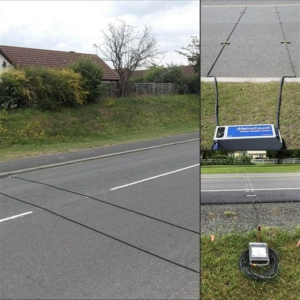What Does a Red or Yellow Dot on Your Tires Mean? Here’s What You Should Know
If you’ve ever looked closely at a brand-new tire, you may have noticed a small red or yellow dot on the sidewall.
While these markings may seem random or decorative, they actually serve a specific purpose in tire manufacturing and installation. Understanding what these colored dots mean can help ensure your tires are mounted correctly for optimal performance and safety.
The Yellow Dot: Light Balance Point
The yellow dot on a tire indicates the lightest spot on the tire. When tires are manufactured, there’s always a slight variation in weight distribution. The yellow dot helps tire technicians align the tire’s lightest point with the heaviest point on the wheel—usually where the valve stem is located.
By doing this, the tire achieves better balance, reducing the need for excessive wheel weights and improving ride quality.
The Red Dot: High Point of Radial Runout
The red dot typically marks the high point of radial runout, which is a fancy way of saying the part of the tire that sticks out the most in terms of roundness. All tires have slight imperfections, and this dot helps identify where that is.
If the wheel also has a mark (usually a dimple or paint dot) indicating its low point, aligning the red dot with that spot minimizes vibration and helps the tire roll more smoothly.
Which Dot Takes Priority?
Sometimes, both a red and a yellow dot are present on the tire. So which one should you use when mounting the tire?
- If your wheel has no mark, align the yellow dot with the valve stem.
- If your wheel has a mark (like a dimple for radial runout), align the red dot with that mark, even if the yellow dot is also present. In this case, red trumps yellow.
Why This Matters
Properly aligning these dots during installation ensures:
- A smoother ride
- Reduced vibration and noise
- Less wear on tires and suspension components
- More efficient use of wheel weights
Should You Worry If Your Tire Was Installed Without Aligning the Dots?
Not necessarily—but aligning them correctly offers small but meaningful improvements in balance and longevity. If you’re buying new tires, ask your installer if they’re using the dot alignment method. Most reputable shops do, especially when installing high-performance or premium tires.
In Short
The red and yellow dots on your tires aren’t just there for looks—they’re key markers that help with proper balancing and alignment. Paying attention to them can make a difference in how your vehicle handles and how long your tires last.
Next time you get new tires, you’ll know exactly what those little dots are trying to tell you.





